GAA-commissioned survey looks at global retail seafood trends and finds rays of hope in a forever-changed marketplace
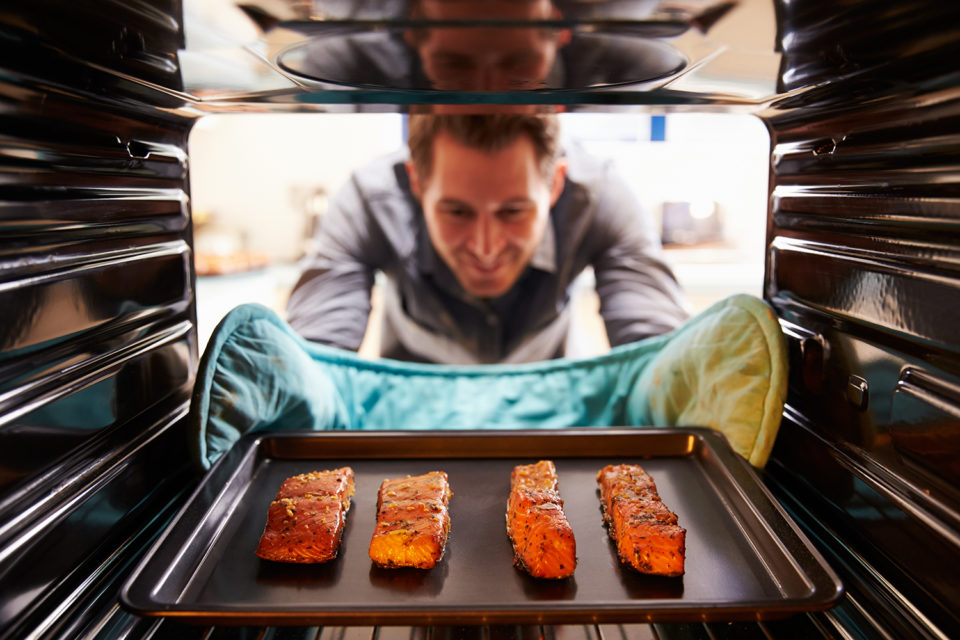
The seafood industry has spent much of this most-unusual year coping with low prices and disruptions caused by the COVID-19 pandemic. After weathering the initial forces of the storm, the industry can see a much brighter future on the horizon, according to a poll of leading retailers commissioned by the Global Aquaculture Alliance (GAA).
Survey respondents reported a huge increase in seafood sales as consumers learned to cook favorite dishes at home after restaurants shuttered their doors. The intuition is that a consumer who usually ordered salmon fillet dining out will now cook fish at home for their families, theoretically adding many new customers.
(Editor’s note: The author of this article, Matt Craze, will present his findings during GAA’s virtual GOAL 2020 conference on Oct. 7.)
Bringing it home
The statistical evidence of the seafood-at-home craze is overwhelming. One U.S. supermarket chain surveyed reported a 40 percent increase in salmon and shrimp demand and a doubling in snow crab sales. Increased Google keyword searches this year for salmon and shrimp underpin the theory that consumers have started to cook seafood at home en masse.
“The silver lining is that people have found out, ‘Hey I can cook this at home, it’s one of the easiest proteins to cook, I am eating healthy and it’s done well for us,’” said Rich Castle, director of seafood at Giant Eagle, which has supermarkets in five states.
Ivan Vindheim, CEO of salmon-farming giant MOWI, said during a recent DNB webinar that the salmon industry’s sales are only down 10 percent compared with a year ago, despite the collapse of foodservice. It’s conceivable, he added, that increased retail demand could entirely replace lost volumes “with enough time.”

Ever since the pandemic led to lockdowns in Europe and the United States in March, consumer behavior has busted several myths that have been hotly debated at seafood conferences for years. One fallacy was that U.S. consumers were reluctant to cook seafood at home. There was a very sudden increase in retail seafood sales in March when vast swathes of the country first went into lockdown, said Guy Pizzuti, a seafood buyer for supermarket chain Publix.
“On March 1 nobody knew how to cook seafood,” Pizzuti said. “But by the end of March, they knew how to cook it.”
The pandemic in Europe and North America triggered frenzied behavior among its citizens, generating the equivalent food and beverage demand of seven back-to-back Thanksgivings, said Frank Yiannas, deputy commissioner for food policy and response at the Food & Drug Administration (FDA). At the same time, foodservice demand collapsed.
“Fifty cents of every dollar spent on food is spent on food away from home, so that dried up,” Yiannas said in a webinar back in July. “What we saw at the beginning of the pandemic was not too much food but supply chain issues. Too much food in the wrong places.”
Seafood was the most susceptible protein to price collapse given its dependence on foodservice sales channels and reliance on air freight, according to Urner Barry. D-Trim salmon fillets from Chile fell to the lowest values seen since 2015 and shrimp continued to trade at painfully low values caused by a multi-year market glut.
Fifty cents of every dollar spent on food is spent on food away from home, so that dried up.
The drastic decline in prices may have a primary reason behind this remarkable increase in retail sales, which tempted consumers to go beyond canned tuna and try cooking other species from home said Rabobank analyst Gorjan Nikolik. Most surveyed retailers said it was premature to pinpoint the exact reason why seafood demand rose so sharply. Motivating factors include the slowing down of daily life, prompting families to cook meals from scratch.
“Retail has managed to do relatively well in the pandemic and save the seafood industry and saved a lot of companies,” Nikolik said.
Given the global health crisis, consumers also may have switched to fish from other proteins for health reasons, boosting their immune system by eating a protein that is packed with heart-healthy omega-3 fatty acids. What the retail sector does know is that the 2020 seafood craze is species-agnostic and has boosted both the fresh and frozen categories.
The trend is also global. Brazilian, Canadian, European and Korean retailers have all experienced a surge in seafood sales as consumers cook at home more. Producers from European sea bass farmers to Asian shrimp exporters are thinking of ways to deliver more value-added products and market directly through online channels as some volumes will shift from retail to foodservice forever.
“People have time to experiment cooking at home, and we’re pleasantly surprised [by retail volumes] as it is relatively easy and quick to prepare,” said Andreas Sotiropoulos, executive director of Diorasis International, the backer of No. 2 Greek sea bass and sea bream farmer Philosofish. “People are not as scared of it as they had been.”
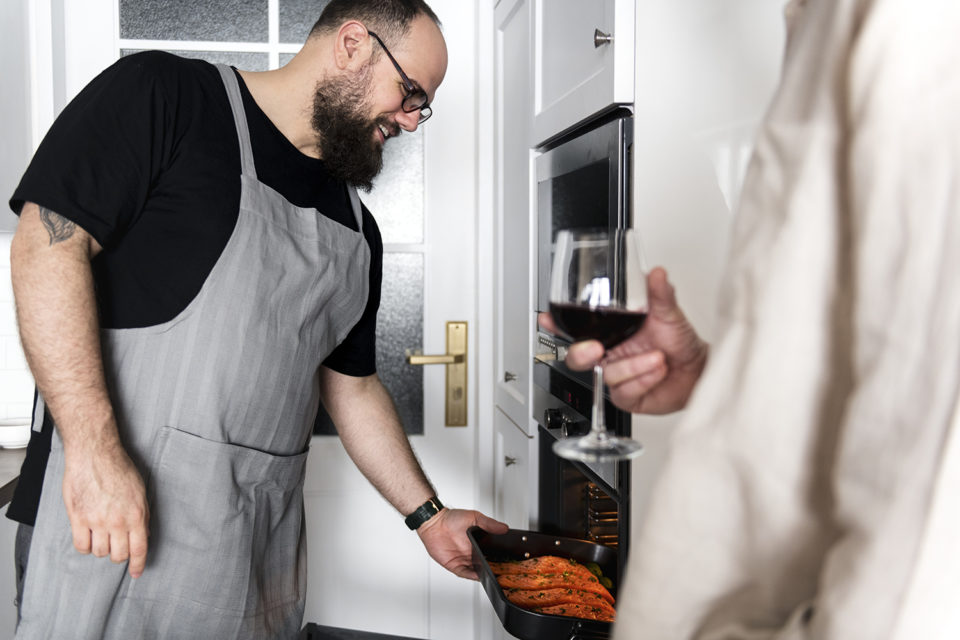
The return of restaurants
Two main questions loom as normal life beckons. The first is if the retail seafood boom will endure, especially as people resume busy lifestyles. And the second surrounds the recovery of the foodservice industry in a post COVID-19 environment.
These two areas are interwoven. How willing are consumers to keep cooking at the rates they have been in recent months, especially as they go back to their offices and families attend after-school activities with their children? The uptick in convenience kitchen appliances such as instant pots and air fryers suggests people are looking for short-cuts amid the pressure of preparing and serving meals on a daily basis. Meal-kit companies like Blue Apron and HelloFresh have experienced a resurgence in sales this year. Companies equipped to sell directly to consumers through online channels will continue to thrive with all consumer products including food, according to Sheryl Kingstone, a consumer trends expert at S&P Global.
“Food-at-home fatigue is real,” said Sysco CEO Kevin Hourican. “Consumers are ready to re-engage with restaurants.”
Supermarket chains are preparing marketing campaigns to keep the boom alive. Food Lion, a U.S. supermarket chain owned by Ahold Delhaize, will use online channels and co-marketing campaigns to keep consumers eating seafood at home, said seafood category manager Josanna Busby.
“We want to try and capitalize on this to try and provide more information to consumers to keep the trend going,” Busby said. “We would do so through online channels, through media chats, through e-commerce and through co-marking programs.”
The dynamic also depends on the economic recovery of restaurants and cafés. As many as 100,000 U.S. restaurants have closed either long-term or permanently, according to the National Restaurant Association (NRA). And then there’s the changing of seasons. The slow recovery in restaurant sales was partly due to the summer weather, allowing an array of outdoor dining options like sidewalk seating and other creative solutions. There is no evidence suggesting restaurants can prolong the positive trend with indoor alternatives in North America, according to Jeff Sedacca, the CEO of seafood importer Sunnyvale Seafood.
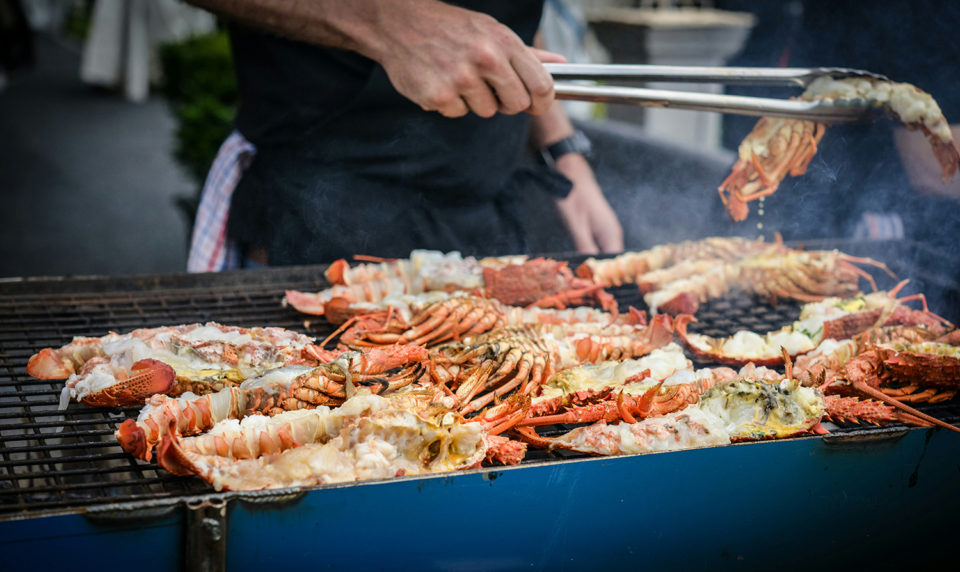
In this economy?
The one remaining question surrounds the state of the U.S. economy. Most retailers said the economic stimulus package, which provided the country’s poorest citizens with a $600 every week until July, was propping up the retail seafood boom to some extent. Congress has yet to resolve a second stimulus package, and there is a 40 percent chance of a recession in the next two years, according to renowned billionaire hedge fund investor Ray Dalio.
Producers will be discussing downstream strategies in boardrooms around the world, making adjustments and potentially adding processing capacity to sell more finished directly to consumers. There is even a trend in the foodservice space towards value-added items, said Tony Downs, category director seafood at Sysco. Restaurants are currently experiencing worker shortages, and it makes no sense to have kitchen staff peeling shrimp for $15 an hour when “you can have it done for you,” Downs said.
Most foodservice and retail industry players agree on one thing: The marketplace for seafood in North America and elsewhere has changed forever, and the only debate is to what degree. Companies that do the best in a post COVID-19 world will be those that embrace these emerging consumer trends.
Follow the Advocate on Twitter @GAA_Advocate
Now that you've reached the end of the article ...
… please consider supporting GSA’s mission to advance responsible seafood practices through education, advocacy and third-party assurances. The Advocate aims to document the evolution of responsible seafood practices and share the expansive knowledge of our vast network of contributors.
By becoming a Global Seafood Alliance member, you’re ensuring that all of the pre-competitive work we do through member benefits, resources and events can continue. Individual membership costs just $50 a year.
Not a GSA member? Join us.
Author
-

Matt Craze
Matt Craze is a leading seafood specialist and author of several key industry research reports on seafood markets published in partnership with Undercurrent News. Matt is a regular columnist for Undercurrent and also is a food and beverage consultant with 10EQS, a leading global management consultancy. He is also working with Yield Lab, a global agtech venture capital fund, to organize its Global Aquaculture Challenge that will support start-ups pursuing innovative processes. Matt spent an 11-year career at Bloomberg helping to build commodities news product in the EMEA and Latin America regions and earned an MBA from Cornell University.
Tagged With
Related Posts
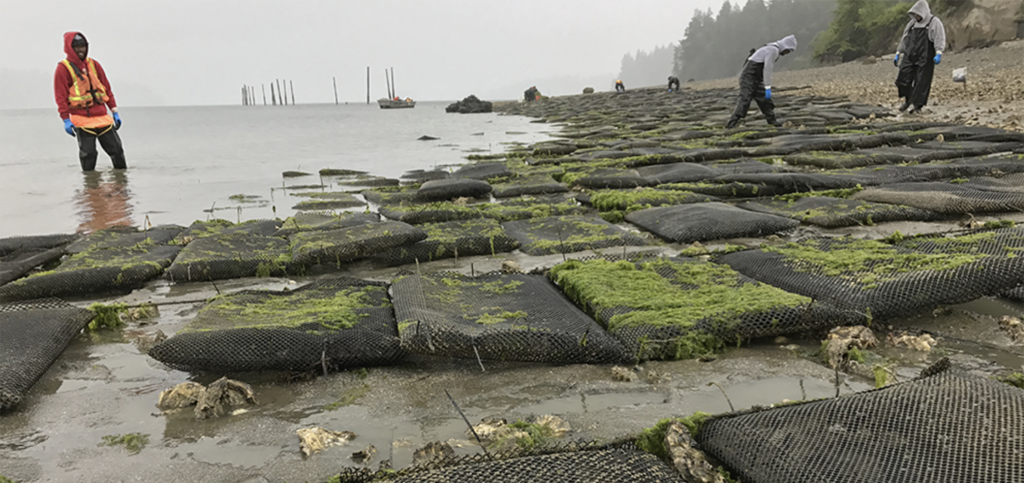
Intelligence
COVID-19 has the West Coast shellfish sector on hold
The impacts of the coronavirus (COVID-19) pandemic on the industry are vast. In the Pacific Northwest, some producers are faring better than others.
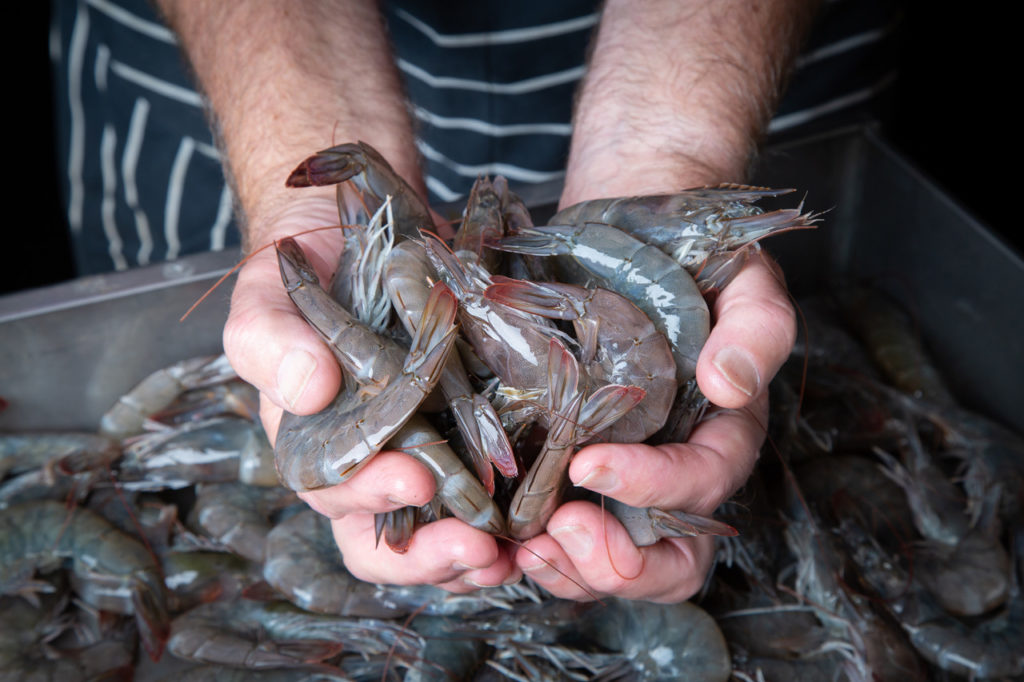
Innovation & Investment
Ascending U.K. prawn farms now riding out the coronavirus storm
U.K. prawn farms FloGro Fresh and Great British Prawns believe demand for trusthworthy, local food will carry them past the COVID-19 market disruption.

Health & Welfare
Can farming horseshoe crabs help the COVID-19 cause?
Already housing horseshoe crabs for medical purposes, researchers hope recirculating aquaculture systems will aid their coronavirus-fighting efforts.

Intelligence
India’s shrimp industry adapts to COVID-19 restrictions
A look at trends in various segments of the shrimp production supply chain in India – hatcheries, farms, feeds and exports – amid COVID-19 restrictions.

